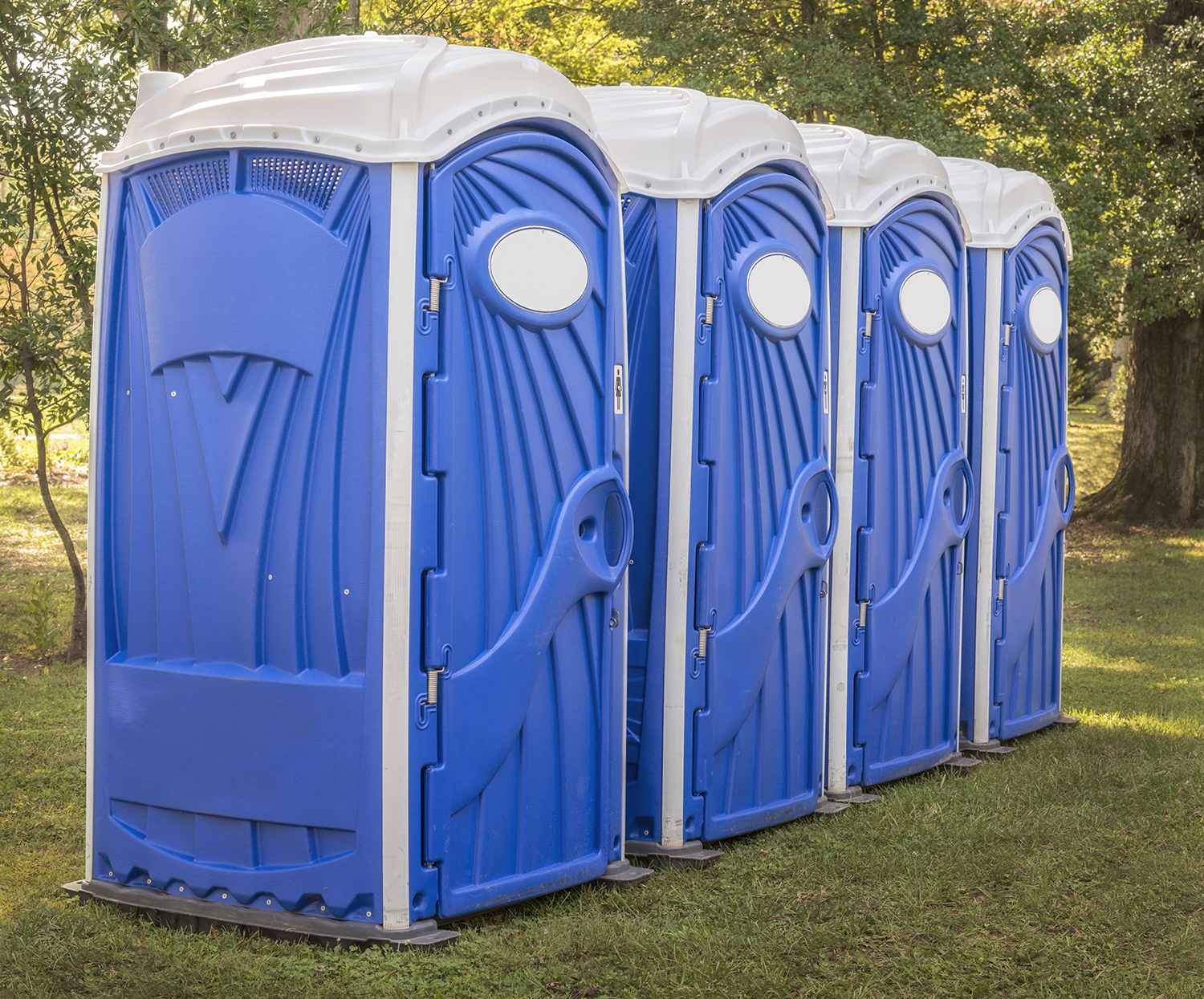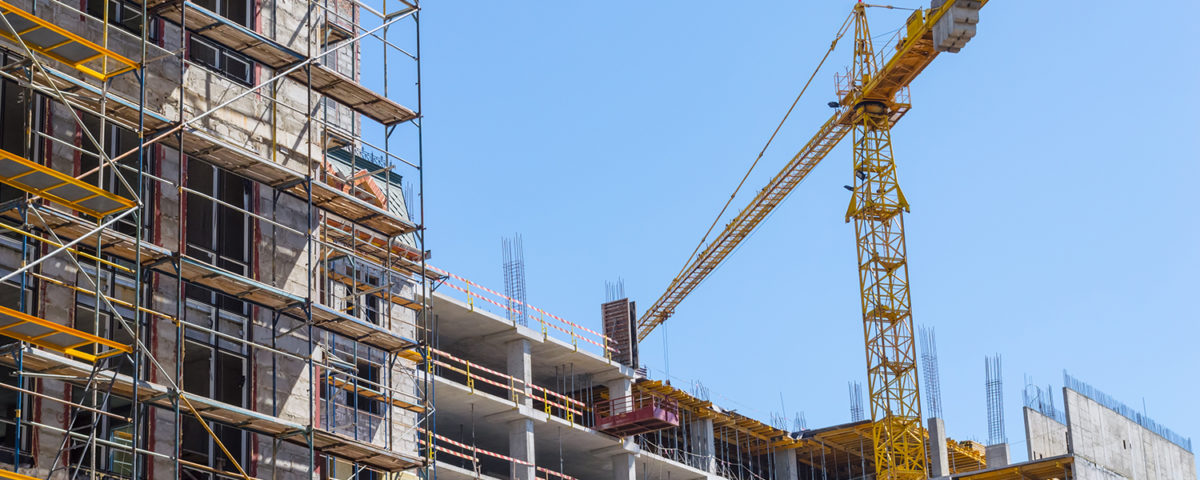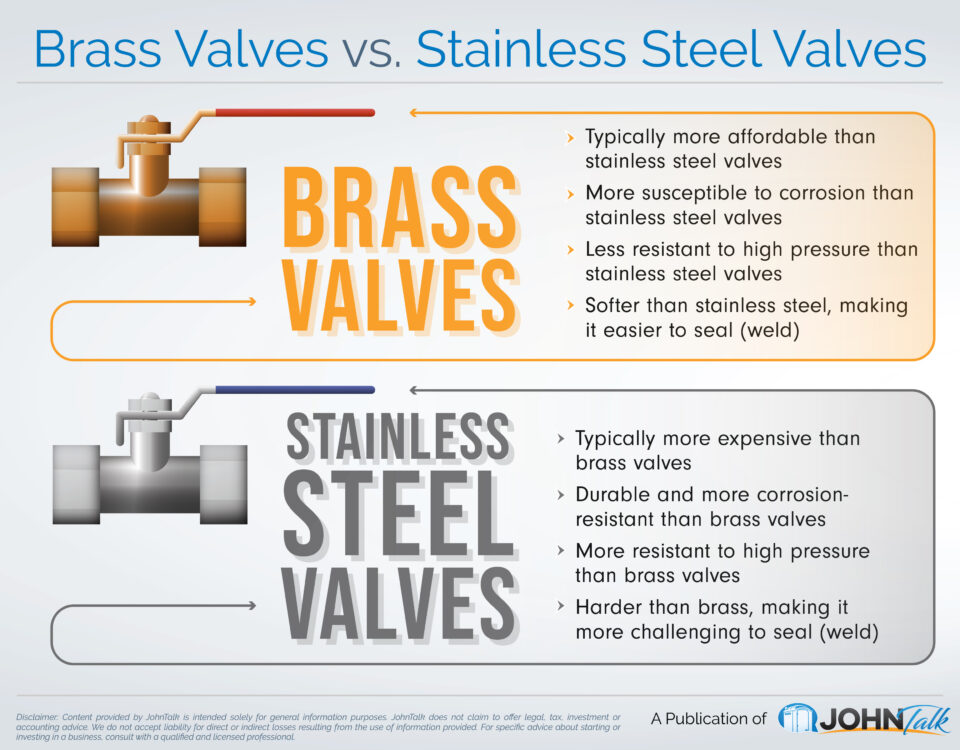
Ways to Provide Service to Areas Affected by a Disaster
November 5, 2018
Is It Better to Run a Specialization or Serve-All Business?
November 12, 2018The rugged durability and convenience of portable high-rise units appeal to customers with multi-level construction projects. PROs who extend their business into high-rise applications meet the needs of a particular market. However, maneuvering a portable restroom unit 10 stories up in the air requires additional oversight. Portable restroom operators need to take special precautions when it comes to employee training, documentation, and standard safety procedures.
Perform Regular Maintenance on High-Rise Equipment
The high-rise portable restroom unit has extra components that differ from the standard toilet. PROs should use a service inspection checklist that defines the maintenance tasks required for high-rise units. Regular inspections ensure that operators meet safety standards and that the unit’s mobile elements, like wheels and lift points, are secure.
Equipment lift points. High-rise toilets are manufactured with compact features that make a crane lift possible. Verify that each of the lift points is secure. Tighten wobbly connections and replace worn parts before lifting the toilet into the air.
Wheels. These ball-bearing wheels come with a locking function essential for use in high-rise units. Inspect the casters during each portable restroom service. Check with the manufacturer for instructions on the frequency of greasing the wheels.
Lifts and slings. Lift kits for crane attachments, including straps, lifts, and slings, are what keep your portable restroom unit from crashing down to the ground below. Check for loose nuts and frayed straps and replace as needed.
Get the JohnTalk “ALL-ACCESS PASS” & become a member for FREE!
Benefits Include: Subscription to JohnTalk Digital & Print Newsletters • JohnTalk Vault In-Depth Content • Full Access to the JohnTalk Classifieds & Ask a PRO Forum
Train Employees and Document Maintenance
As a portable restroom operator, staying on top of current OSHA regulations and servicing requirements for high-rise equipment is critical. This includes not only training your staff but also documenting maintenance issues.
- Train employees on workplace safety when it comes to lifting and placing high-rise restroom units at construction sites. Although identifying safety issues with the equipment is crucial, it’s also necessary for staff to understand the hazards unique to lifting toilets in a construction zone.
- Keep a record of regular maintenance on units. Pay attention to replacement of lifts, slings, straps, or any other element that affects the integrity of the lift. If an accident occurs, having clear documentation on your service schedule, including a checklist initialed by the equipment operator, adds an extra level of protection for your portable restroom company.
- Stay on top of OSHA requirements for crane operators as this is an ever-changing area. Adhere to local code, as some cities require certification for crane operators.
The addition of high-rise portable restroom equipment can be a boon for your business. PROs who prioritize safety and maintenance increase their revenue potential and lessen their accident risk. Protect your business and avoid issues at the customer site by ensuring all employees are thoroughly trained and follow your safety inspection checklist. By documenting when you service or maintain parts and recording employee certifications, you’ll shield yourself from risk and exceed customer expectations.
Looking to Take Your Portable Restroom Business to the NEXT LEVEL? Download our FREE Guide: “Your Guide to Operating A Portable Restroom Business.”
Thinking About GETTING INTO the Portable Restroom Industry? Download our FREE Guide: “Your Guide to Starting A Portable Restroom Business.”






